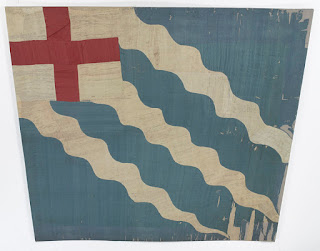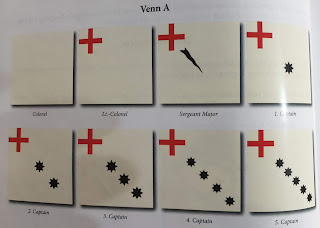Flags and Colours Part 3: Media

Part three of the KeepYourPowderDry guide to Civil War flags and colours looks at where we can see illustrated examples of Civil War flags, and also where we can get some for our armies. But first a plea to editors, authors and publishers of future volumes concerning flags of the Civil Wars: please push the boat out with your production values - books of flags need colour illustrations! First off we have to consider the three volume series English Civil War Flags and Colours from Partizan: Volume 1 covers the English Foot, Volume 2 Scots Colours, and Volume 3 the Bill Carmen collection. These volumes state the primary source material for the flag designs illustrated. Volume 1 was written by Peachey and Prince who intended to write a second volume (they make several references to it in the text of Volume 1) but it never made its way into print. The latest reprint of Volume 1, earlier versions have a different cover Volume 1 has an absolute wealth of information ins...


